Looks like everything is back 😀
Wow, those parakeets get everywhere! How far North in Europe are you? We get them occasionally in East Anglia but with greater frequency. In London I can show you dozens in some of the parks. They have even been seen as far North as Durham.
Lovely photos by the way 👍
I'm glad you like it ☺️
You honour me Lunch ☺️
Tldr: Sleepy Eel, very fast and agile bird = dead fish
The big Eels are predators themselves. And if angling is anything to go by then they hunt at night, as that is when they are most often caught. That would suggest that during the day they are probably holed up dozing on or near the bottom of the river in the plants and rocks. Also, at this point of the river, there is a large weir and boat lock, with an eel stair. This allows them to migrate around the man-made obstruction. So they may also be a number of them shoaled up waiting to migrate past the weir. Add this to the fact that cormorants are very fast swimmers, and incredibly agile. That long neck and hooked beak can get in nooks and crannies and latch onto almost anything edible. They are quite capable of catching sea fish in open water. The Eels advantage, if it had one, is they are incredibly slimy and seem to be able to produce additional mucus when threatened. The cormorant lost its grip a few times as it thrashed the eel like a whip trying to subdued it.
You're too kind, but thank you.
Me in enemy helicopter: ooooohhhh elephants, let's get in for a closer look!
Yes, they do have an air of self confidence for ones so small, a bit like my chihuahua lol
Thank you 😊
Tldr: yes and no, because I shoot in RAW.
I shoot in RAW so I have an import profile I use in lightroom for all my bird photos that's basically balancing the exposure, shadows and highlights with some noise reduction and sharpening. I don't apply any colour correction.
I then mess around with the ones I want to make a tiff from or on rare occasions print. I usually end up making it worse lol
This one was a bit different, in that the bird was well lit and I was happy with everything but the leaves were really blue as they were in deep shade. I looked at changing the white balance to bring the greens out or messing with the channels, but in the end I left it pretty much alone.
When I started digital photography I found it difficult to deal with everyone's opinions on the look and feel of my images. I have a taste but it's not to everyone's liking. This many years later I have kind of decided you can't please everyone but I am really glad you like it.
I have a couple of others I think you will like if you like this one. I'll post them up over the next few days.
BRRRRRRRD BRRRRRRRRRRRRRD
Thank you.
No method really. I used to take my camera almost everywhere I thought I might see wildlife. Now days I'm a little pickier, especially if the light is poor. Occasionally I'll see something and think "if only I had my camera" but not that often. I've taken 100s of thousands of photos and almost all are garbage as photography goes, but it's nice to have a record of what you've seen. and it's good practice for when the moment arrives.
In this case I was walking the dogs by our local river. It was early evening, the sun was low in the sky and with only a little cloud the light was warm and strong. I was watching the kite skirting over the reeds. They used to be very rare here, so I was pleased to see it. Kites are good to photograph in flight as they are big, contrasty and relatively slow moving, and they like to turn with their primaries well spread. I saw it dive into the reeds and then come out with a big fish carcass that fell apart as it took off. leaving it with the head. The crow came out of the willows on the opposite bank and chased it for a good few minutes before the kite dropped the head in the river, so no one got it in the end. They were at the right height for the sun to be almost level with them, which really helped pick the feathers out on the crow. I'd say they were 50ft away at closest. The difference good light made here was being able to push the shutter speed and aperture. That lens is noticeably sharper at f/7.1 than f/5.6 and 1/1600s was really useful in pinning the shot. I probably took 50 shots and it was just one of those moments where they almost all had something of interest in them. Right place, right time.
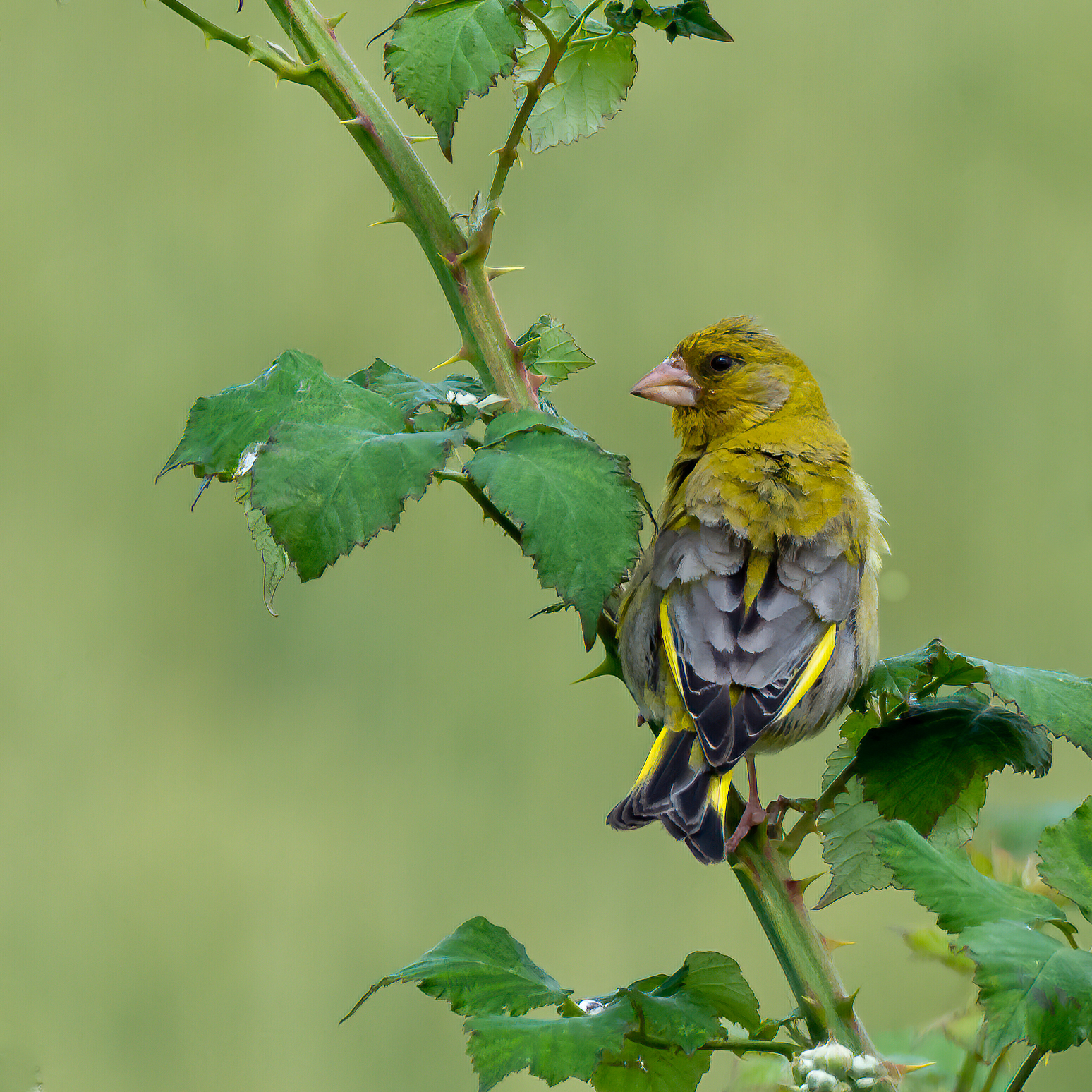
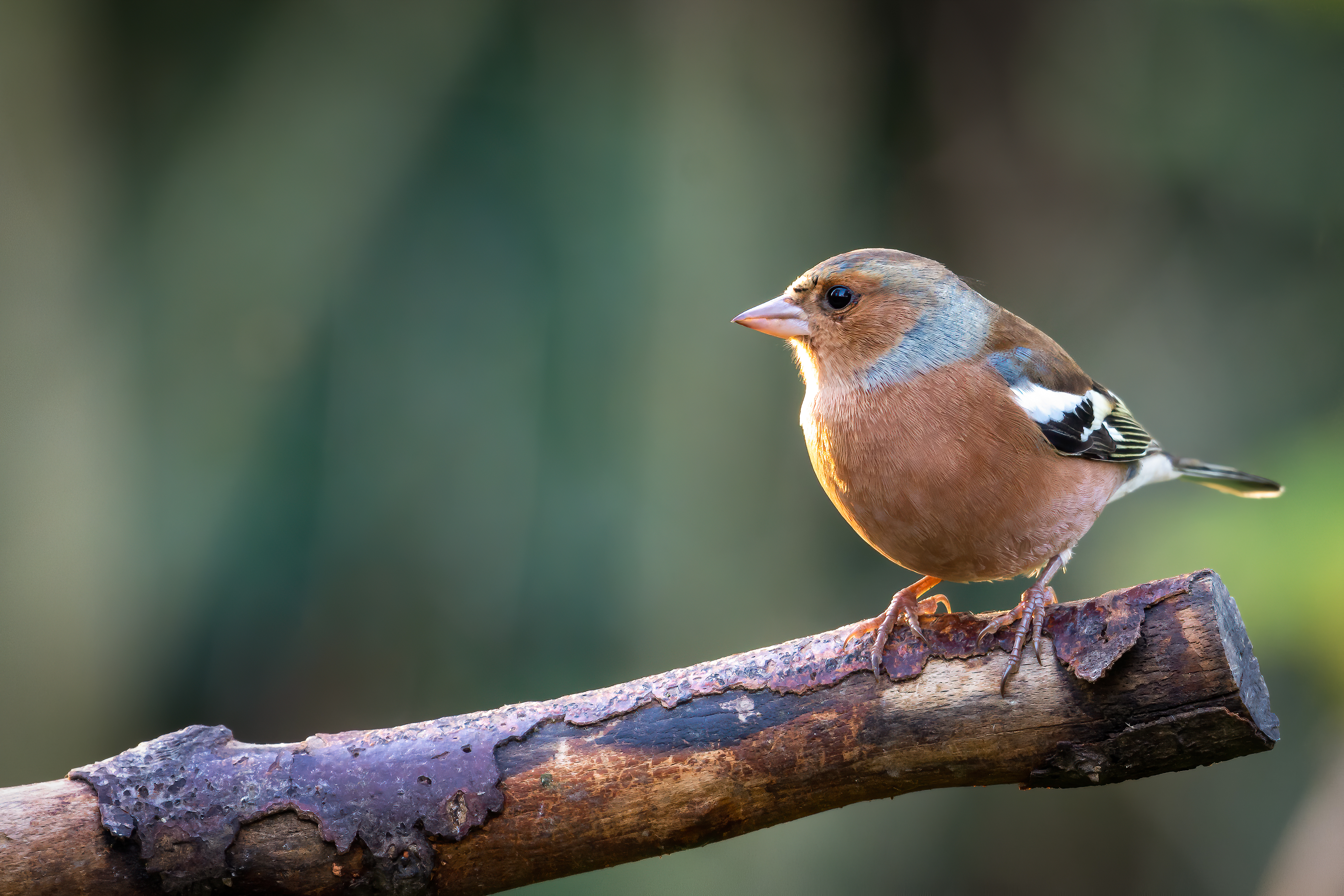
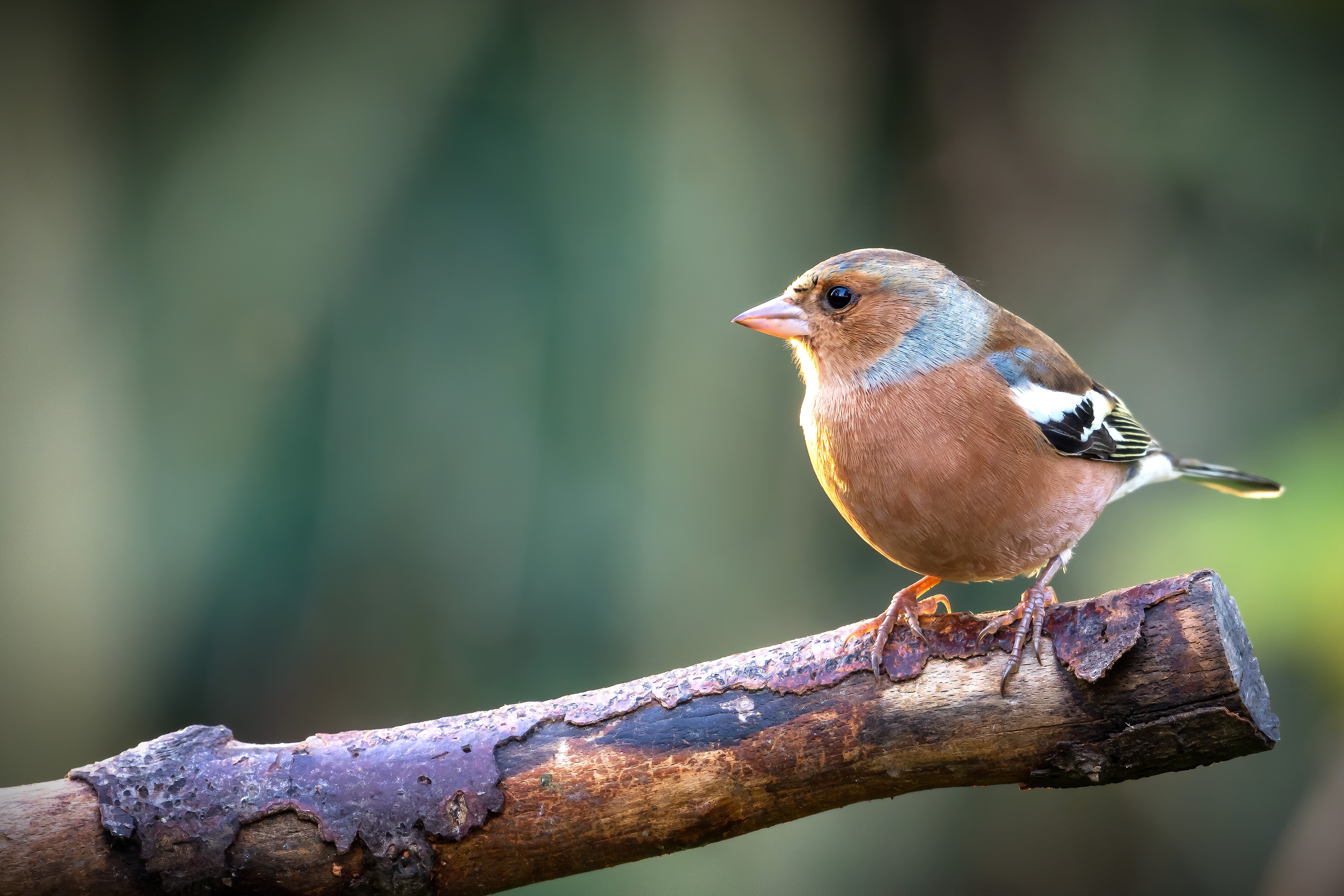

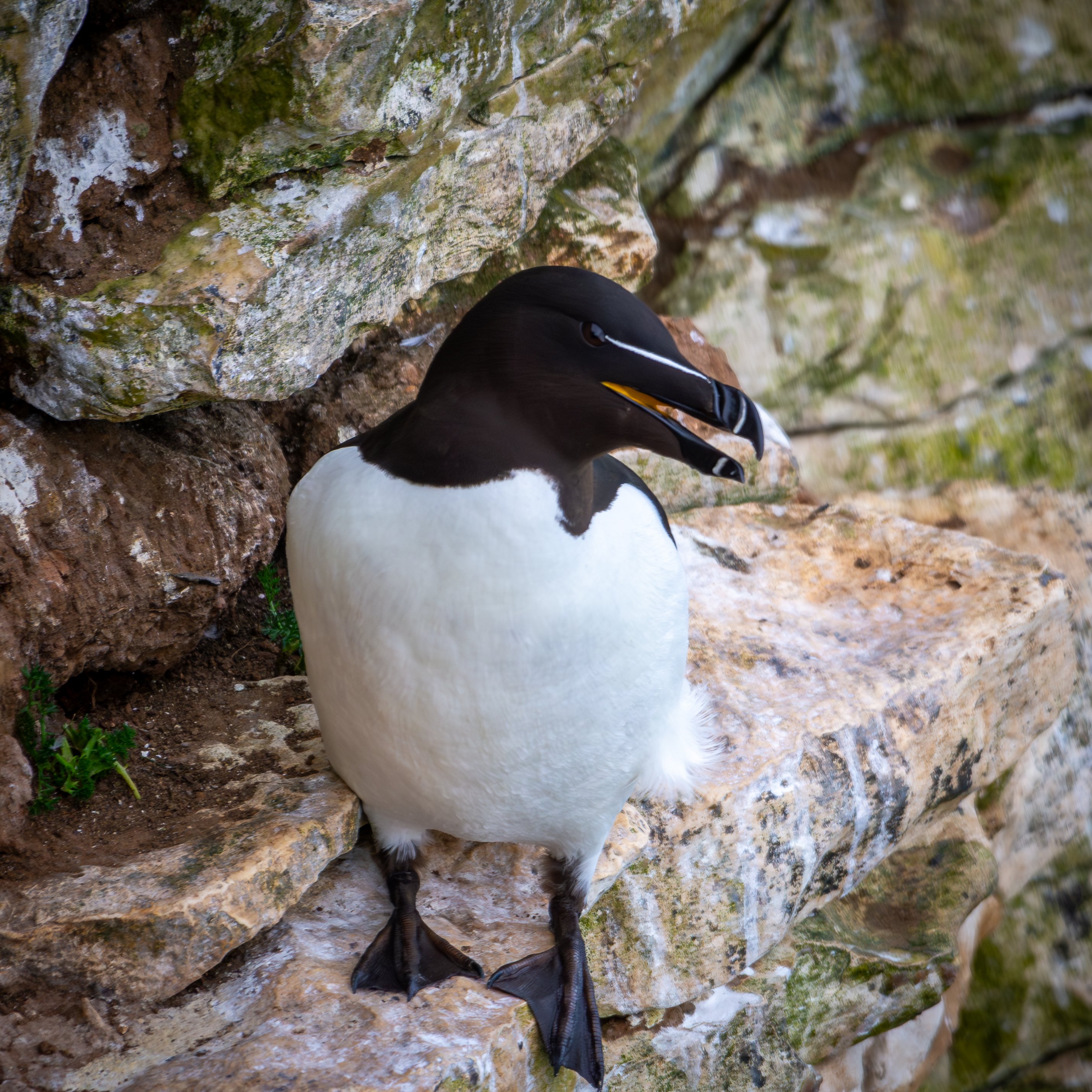



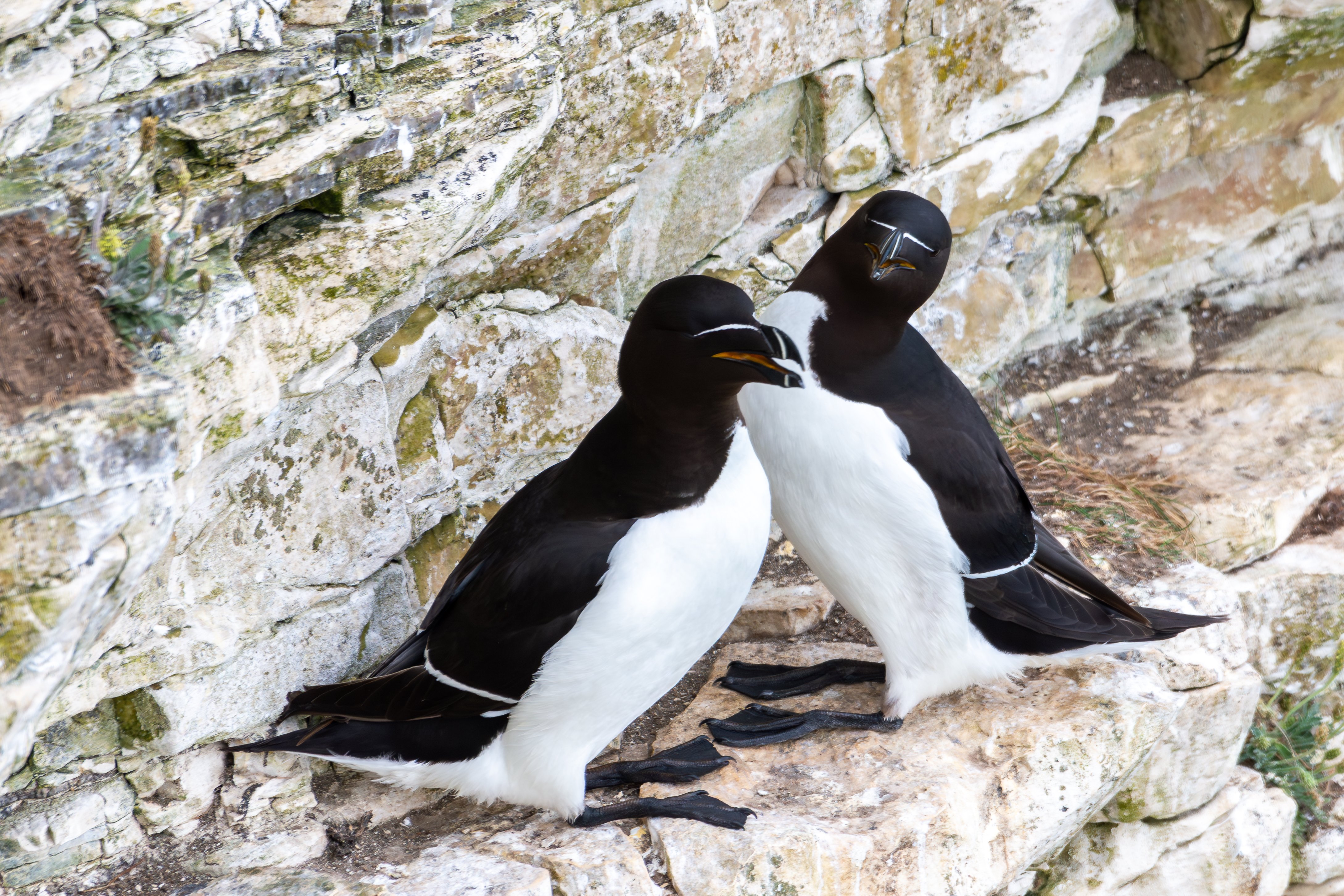
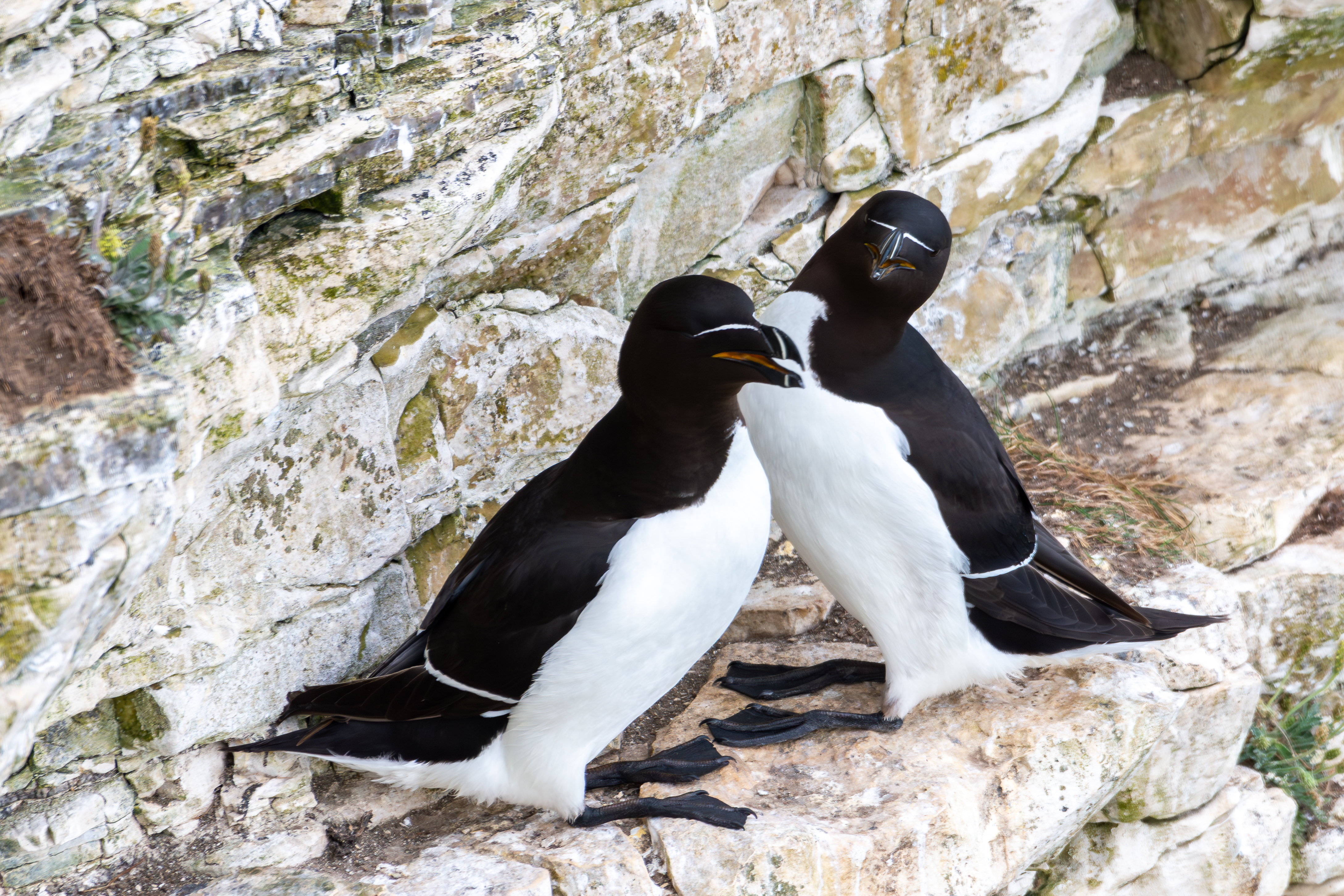
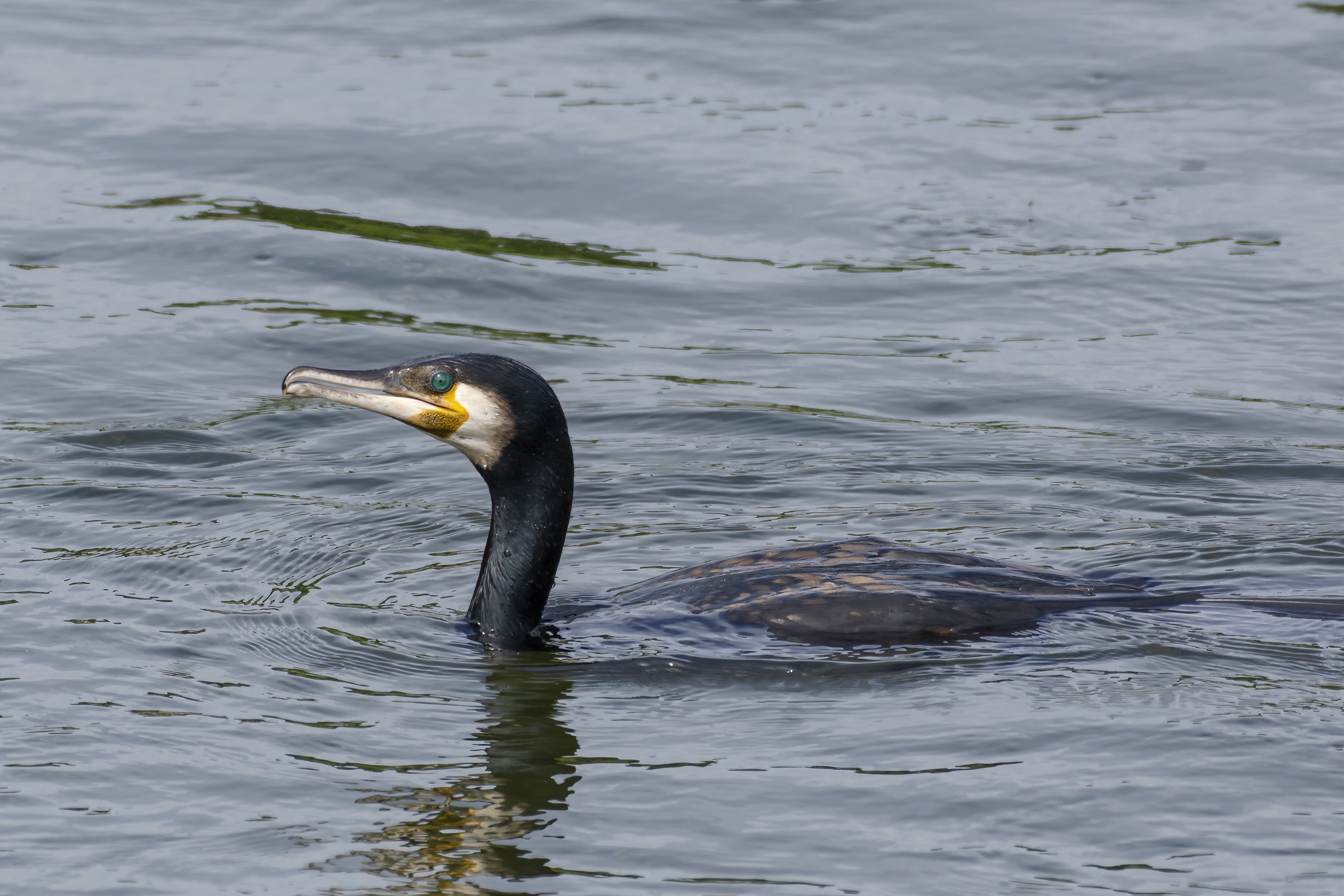


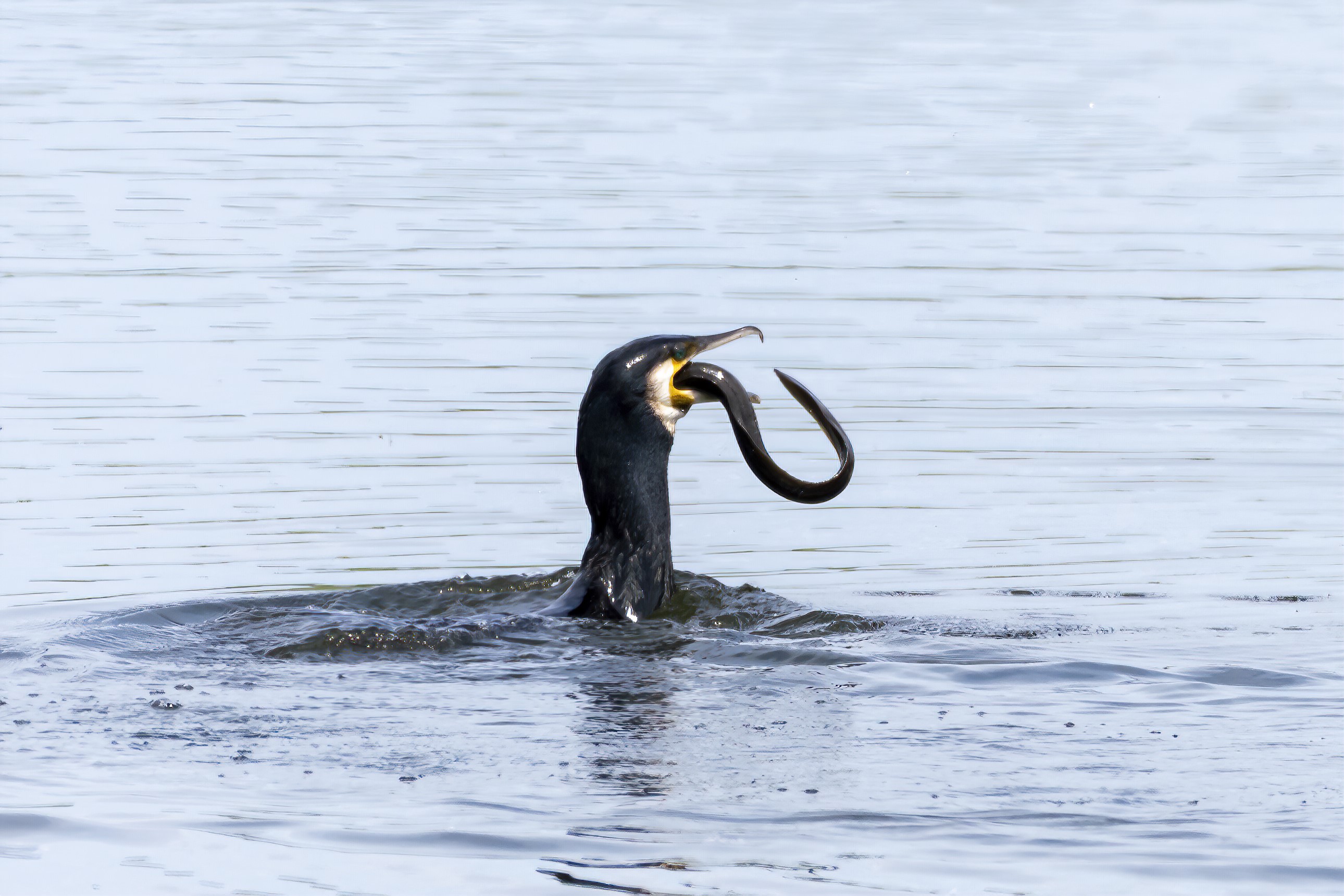
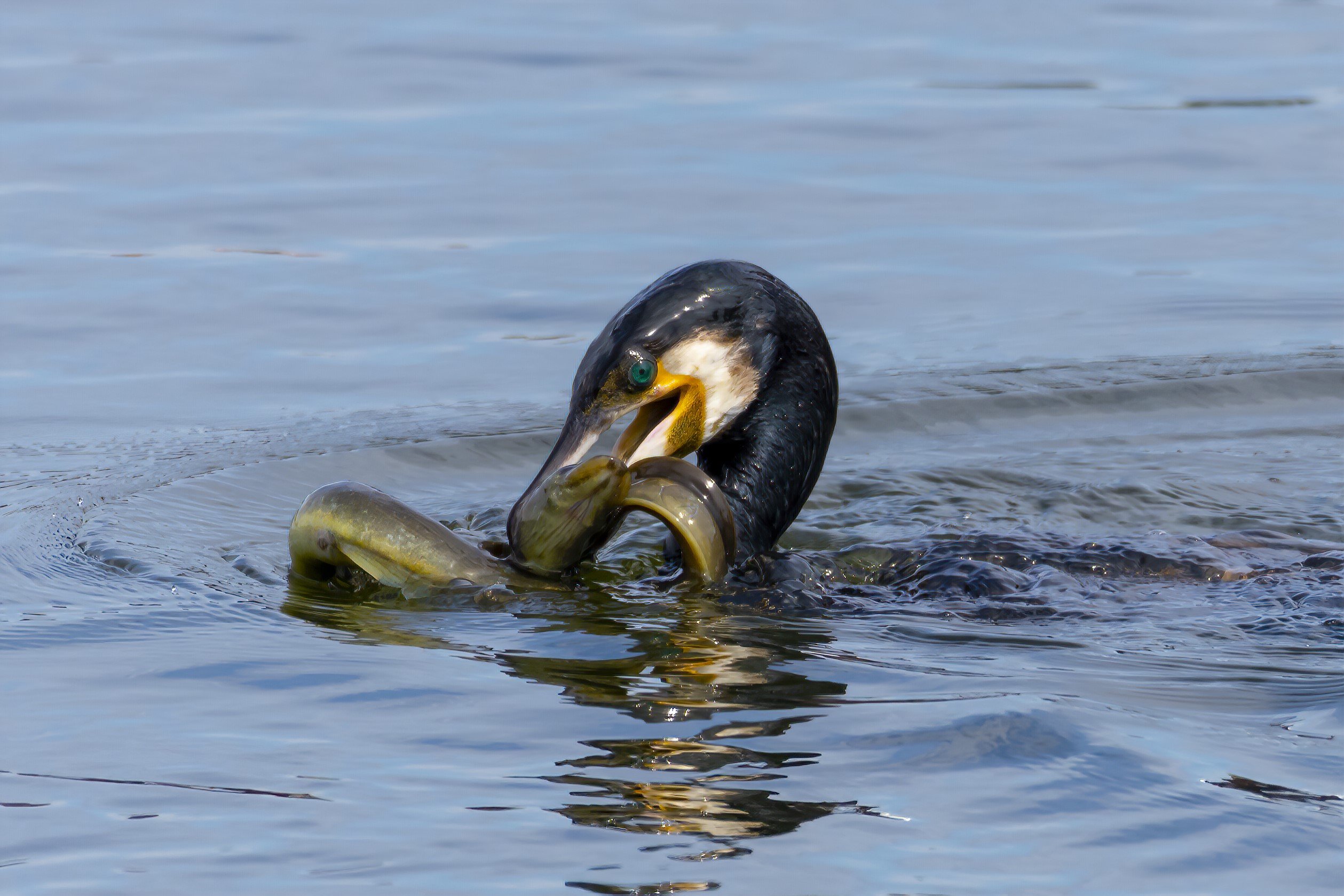
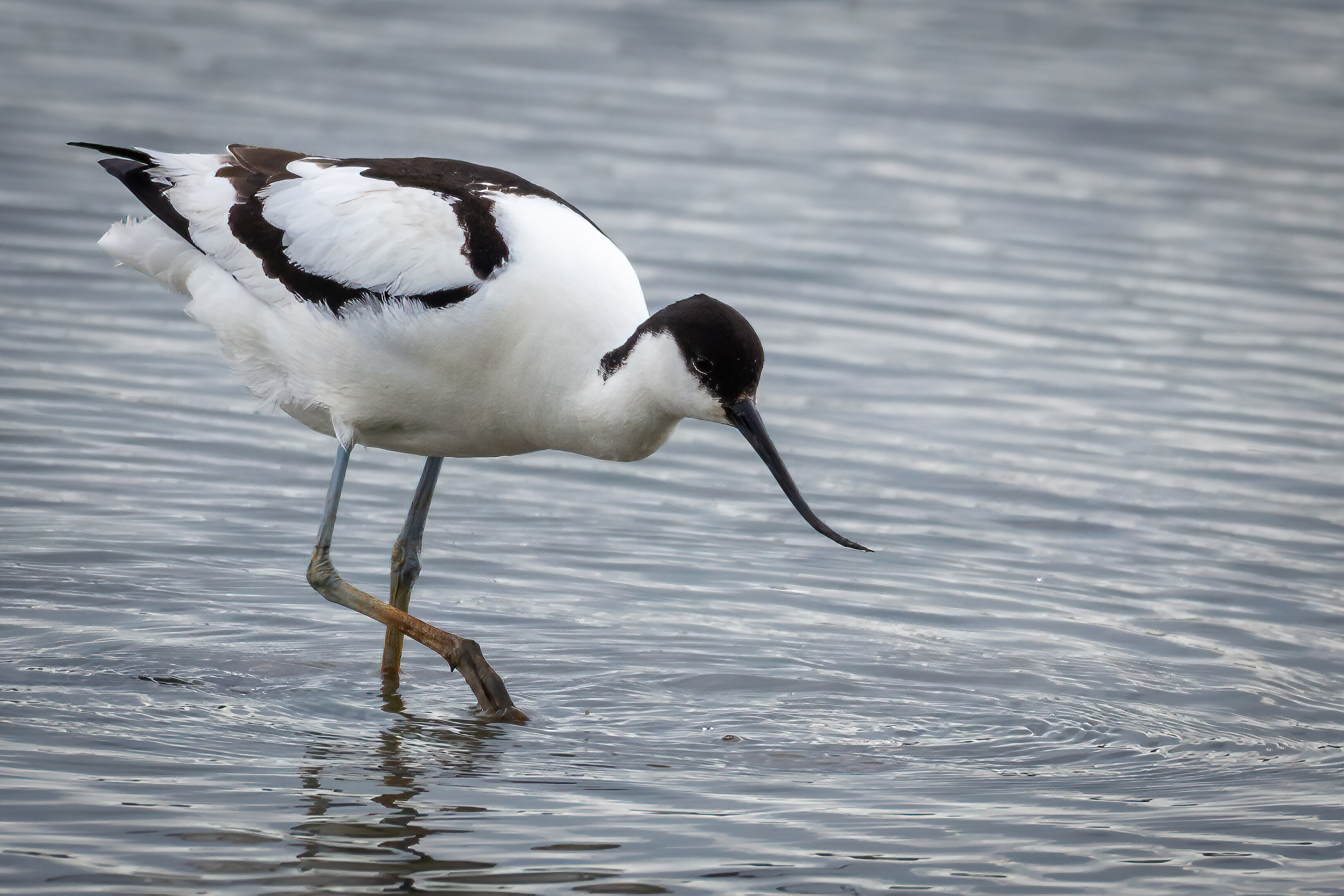
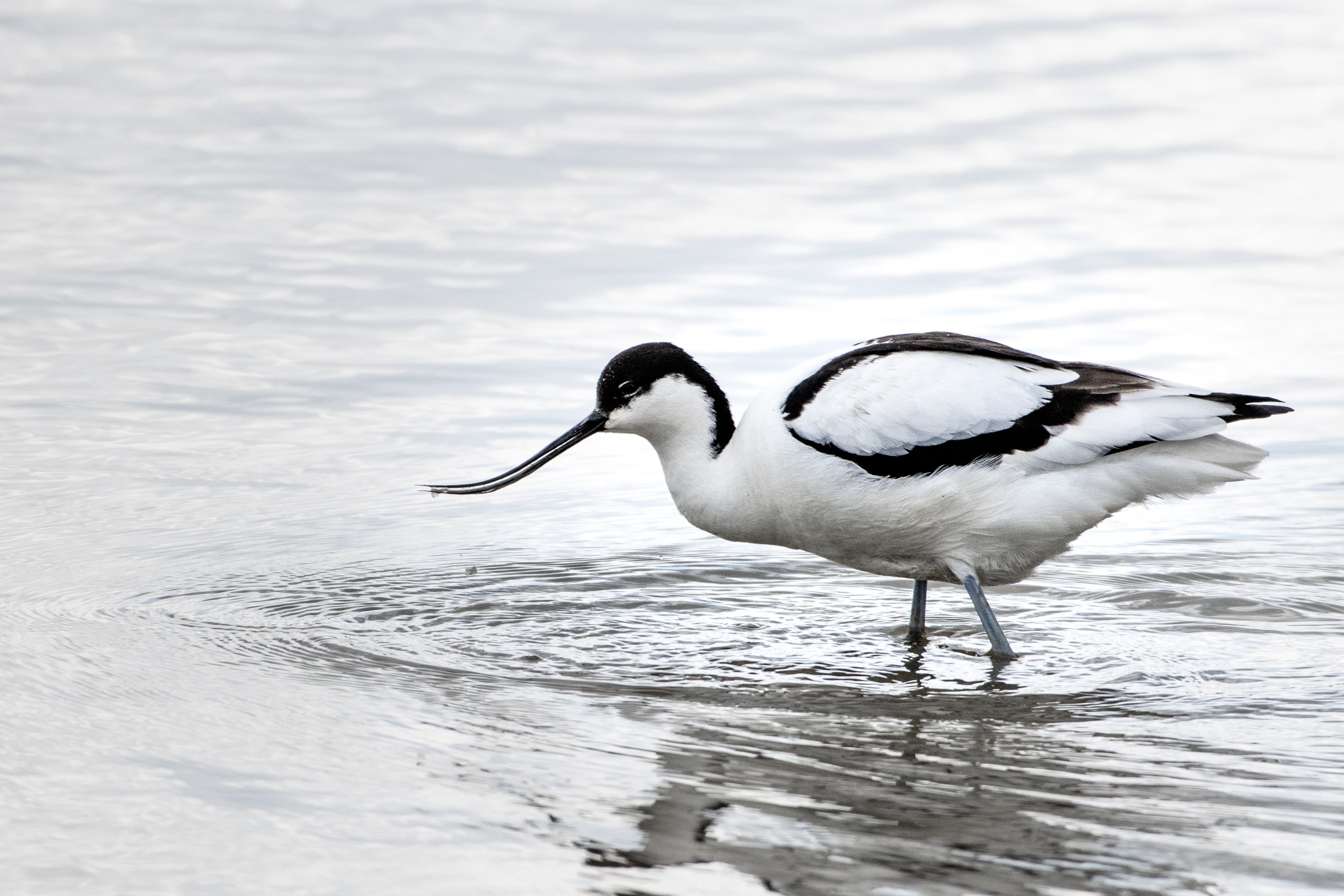
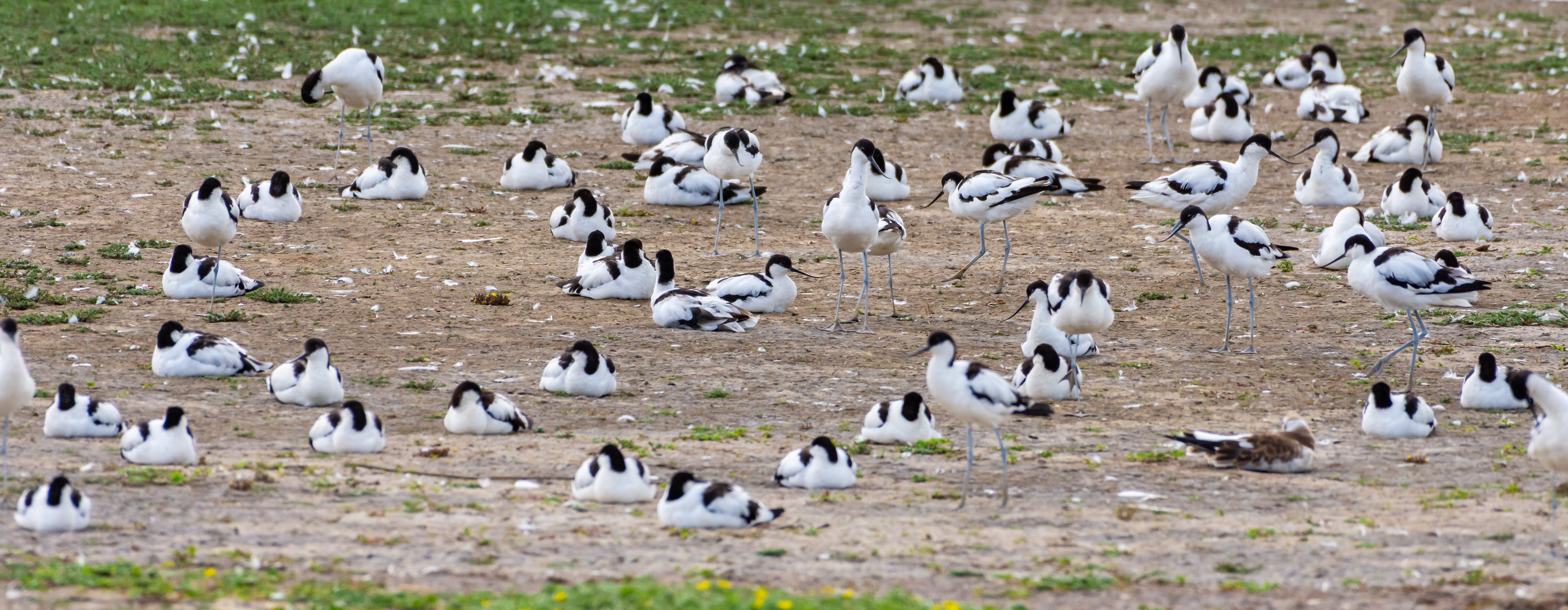
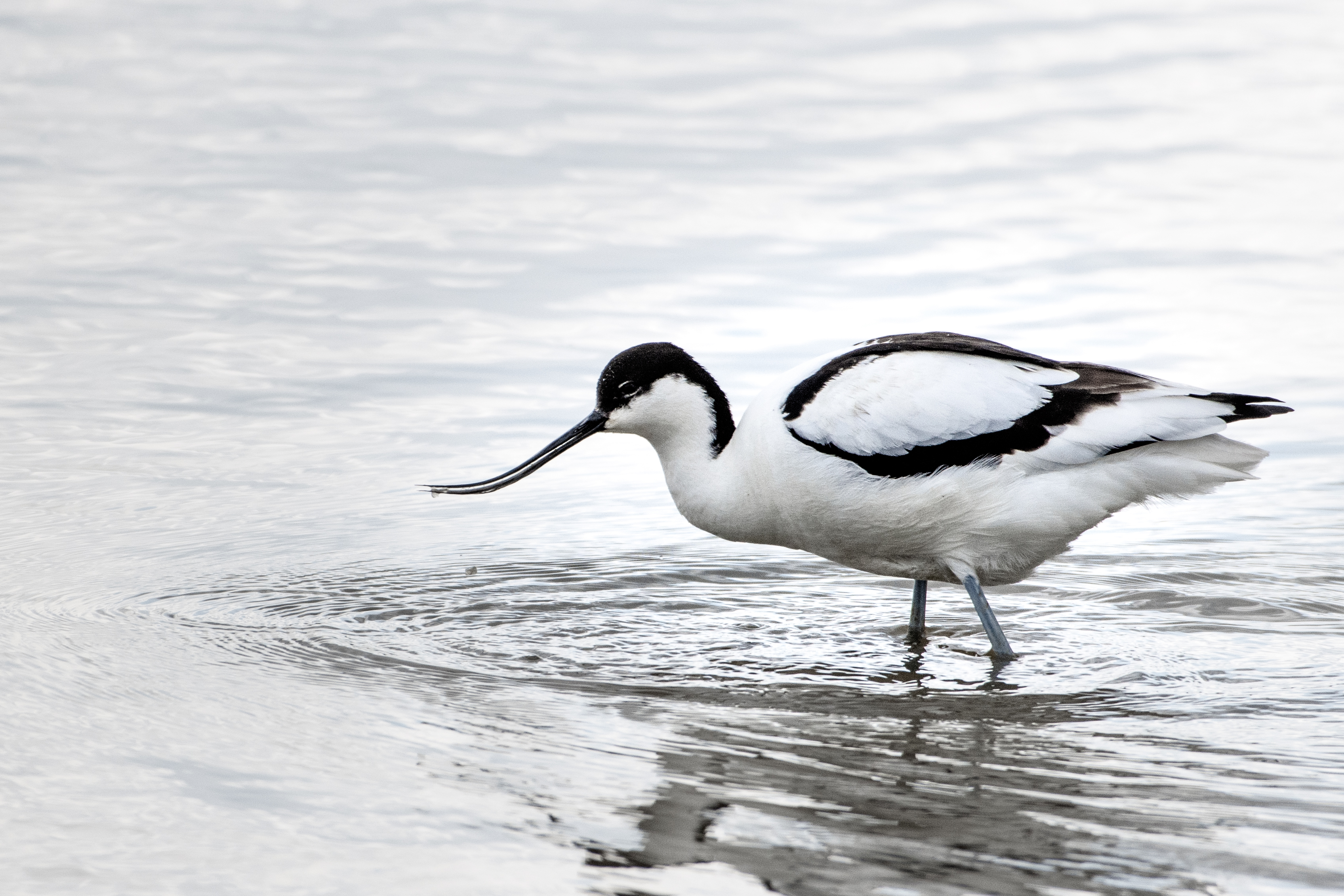

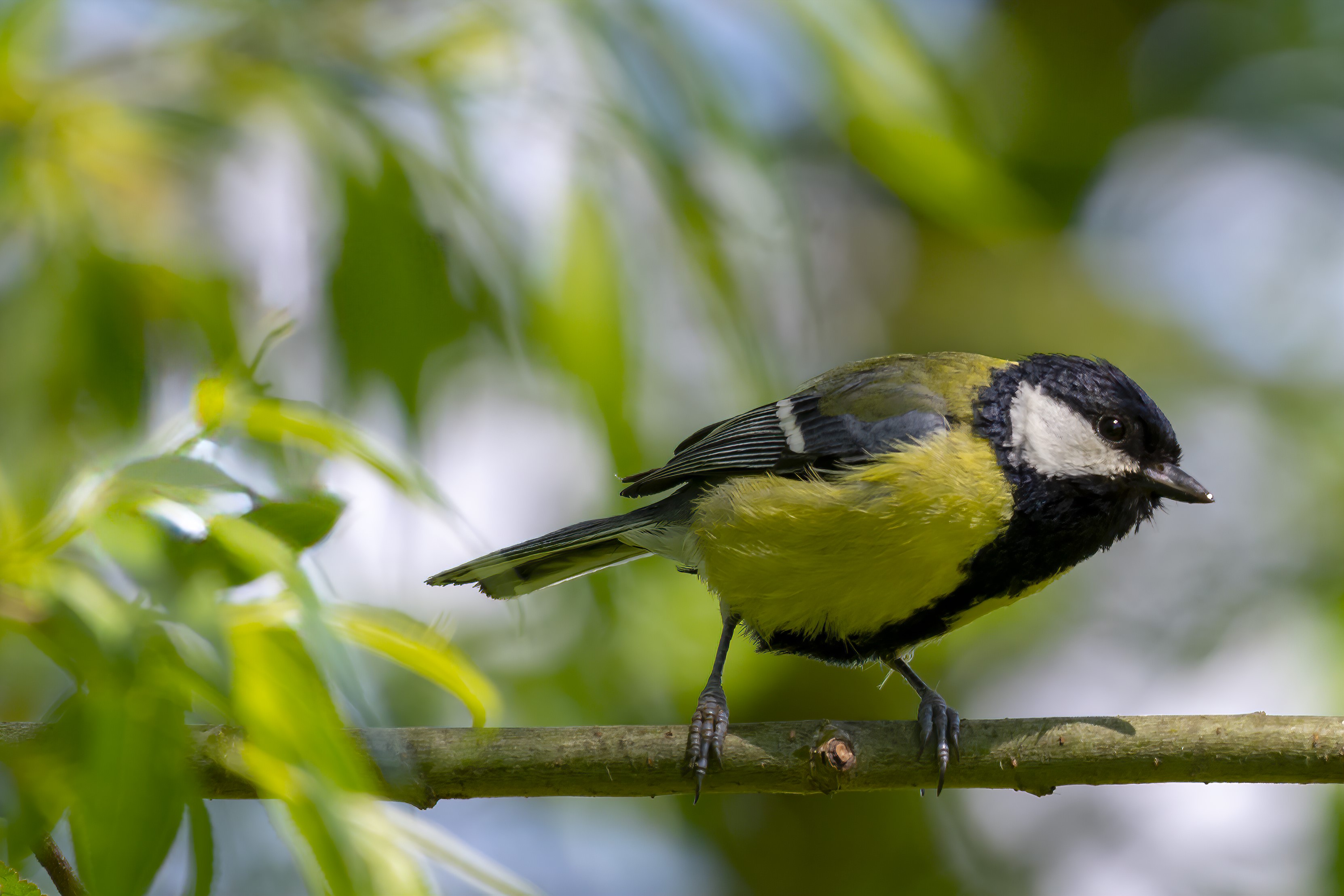
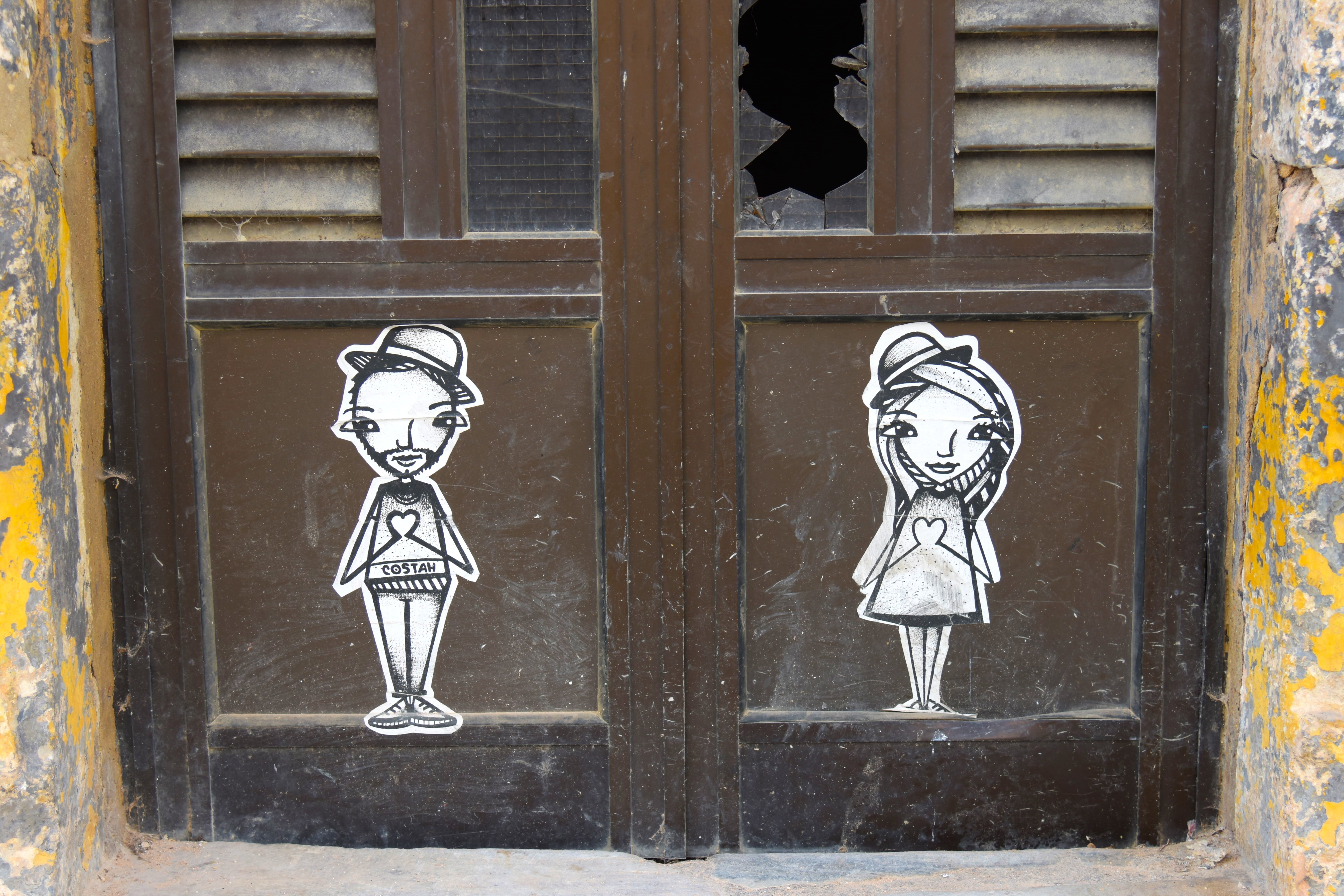
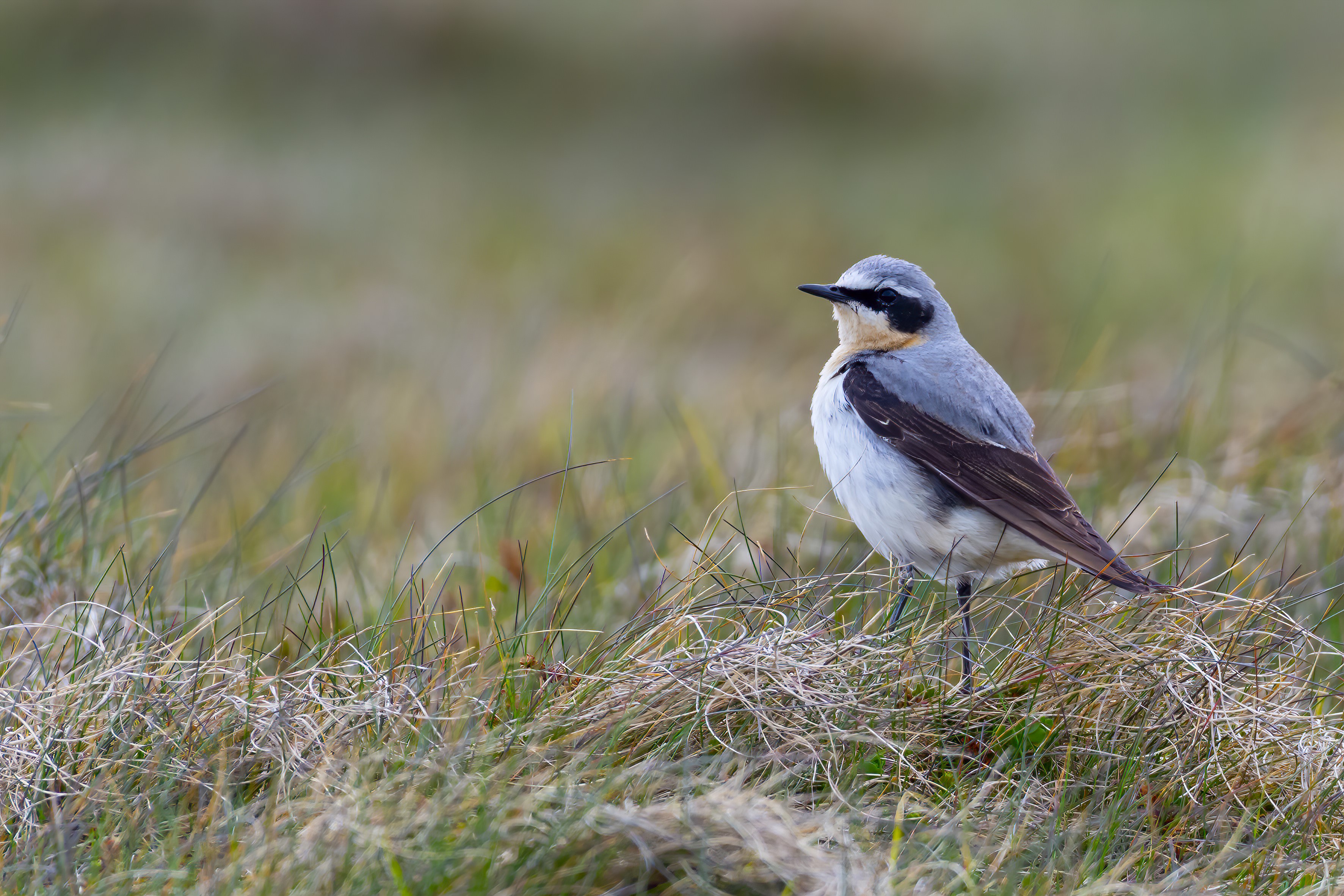
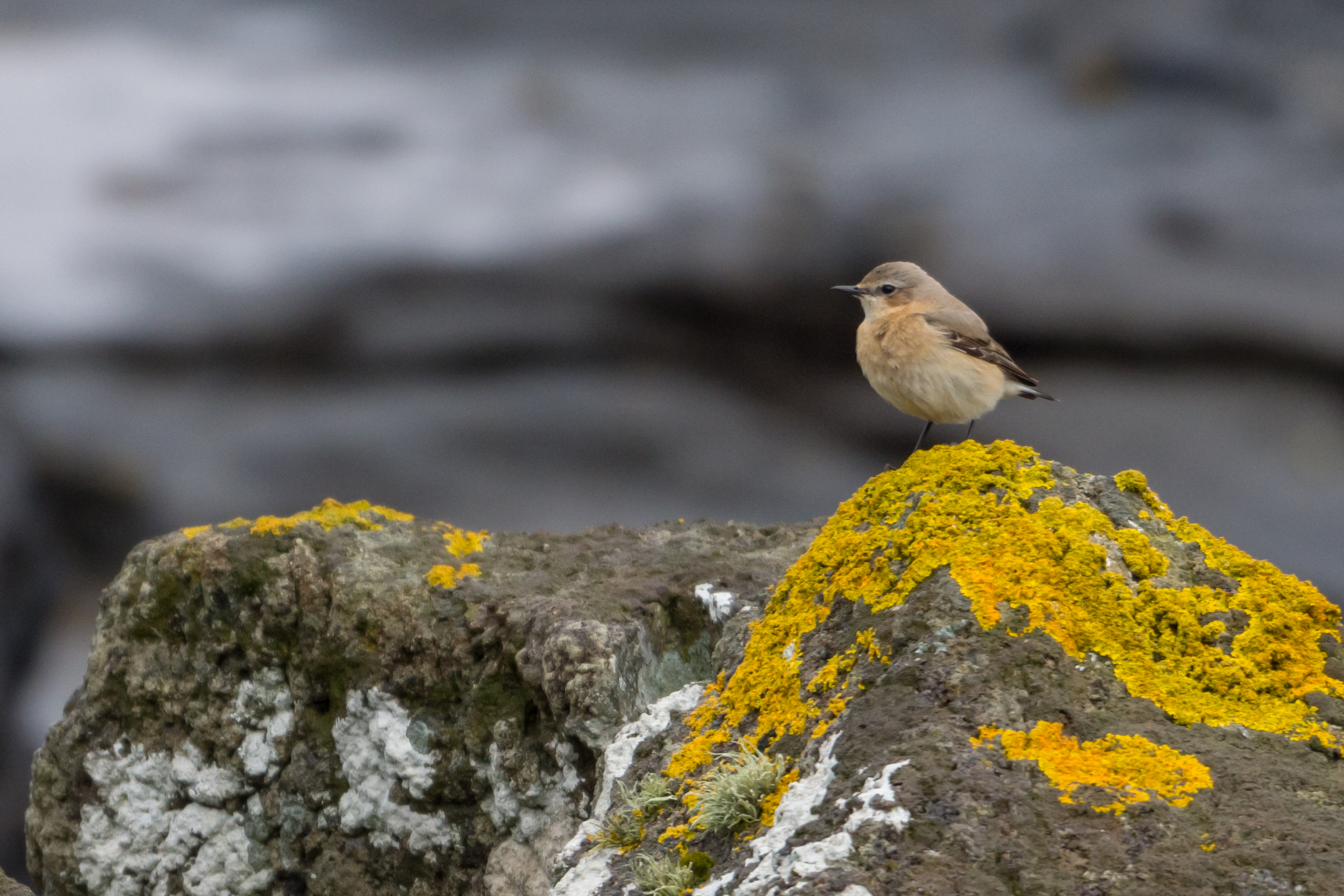
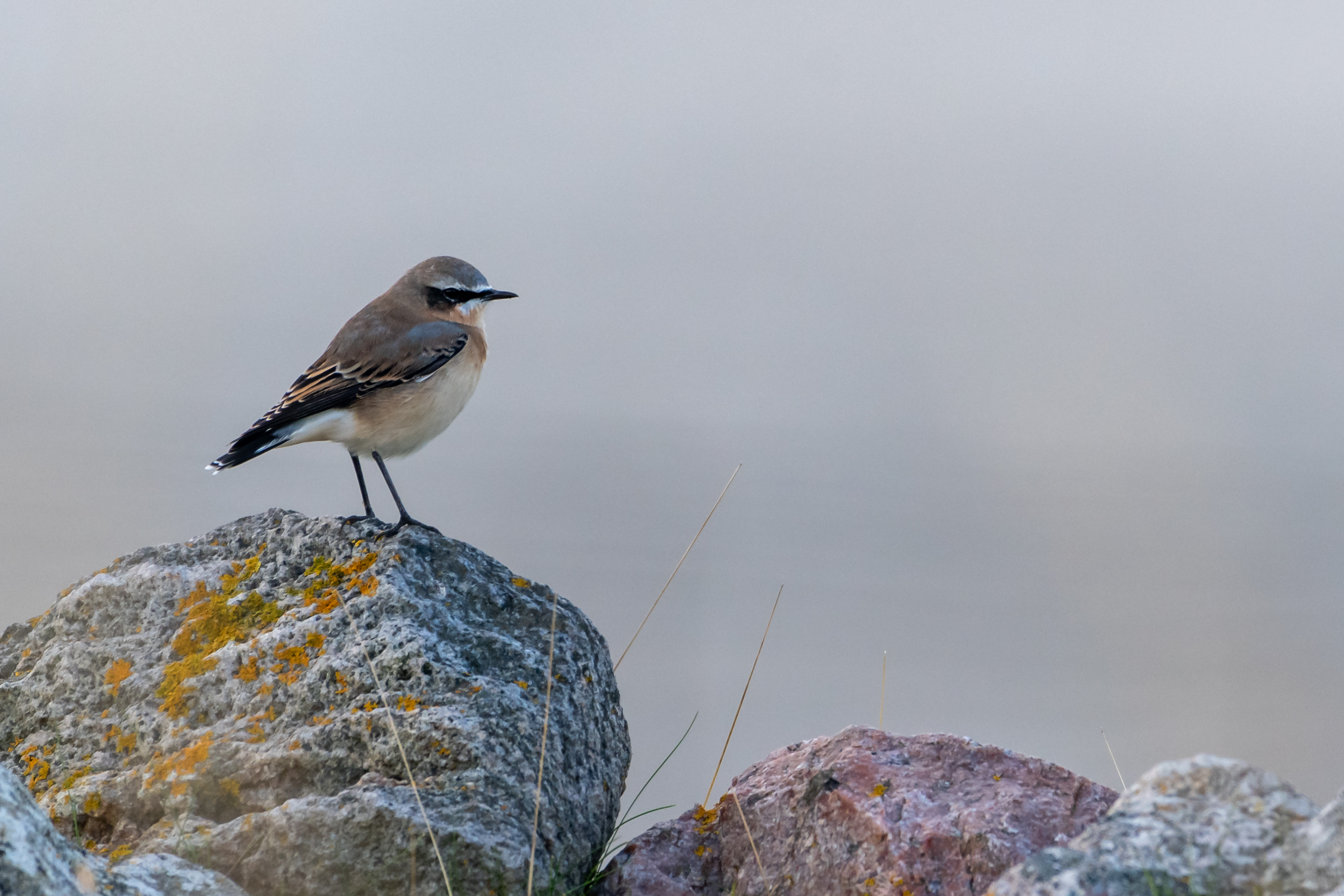

We get goldfinches but no chaffinches or greenfinches. I don't think there is enough woodland for them, mostly farmland, but there are a lot of teasles, which the goldfinches love for their seeds.
I would love to see any pictures you have of the greenfinches, they are such beautiful birds.
Glad you like it 😊